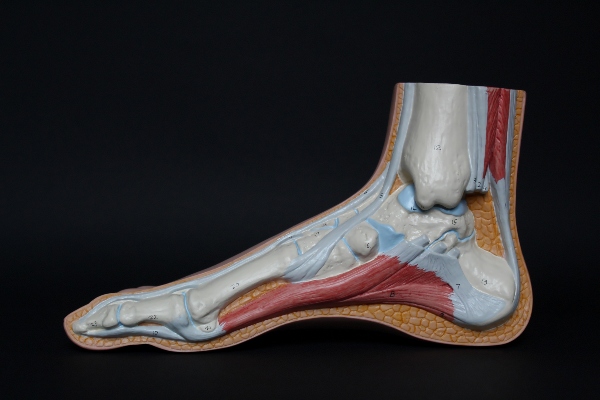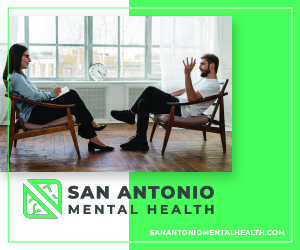by Annette M. Zaharoff, MD
Achilles tendonitis is one of the most frequent overuse syndromes in sports. It is common in joggers, dancers, gymnasts and soccer and basketball players. It may have a gradual onset with increasing pain and stiffness in the region of the Achilles tendon (heel cord). As the injury progresses, even everyday activities may cause pain.
CAUSES
Several factors may contribute to the development of Achilles tendonitis. These include:
• Training errors. Sudden increased mileage, sudden increase in intensity, hill training, failure to warm up, and restarting training after a period of lay-off.
• Surfaces and equipment. Repetitive jumping on hard floors, running on cambered surfaces, worn out shoes, pressure on the tendon from shoes or skates and loose-fitting heel counter.
• Anatomic factors, age and tendon changes causing tightness, thin heel pad, too rigid or too flexible a foot structure and hip and knee misalignment.
• Associated medical illnesses: gout and arthritis.
• Direct trauma-kick, blow with a stick and laceration.
SYMPTOMS
An exam will show tenderness along the tendon and possibly some swelling. Tightness is generally present and may be tested for by gently extending the knee while trying to keep the foot and toes pulled up toward the body or by performing a squat. It may be difficult to perform calf raises compared to the uninjured side.
Since the Achilles tendon is a soft tissue, plain X-rays usually aren’t useful unless some underlying bony problem is suspected or a calcium deposit is seen. Diagnostic ultrasound is very useful and cost effective to diagnose tendonitis or a tear. MRIs may also be used.
TREATMENT
In very mild cases, treatment with ice, stretching and activity modification may be sufficient to resolve the problem. The “heel cord” stretch is performed by placing the healthy leg in front of the injured leg and lunging forward without lifting the heels from the floor. Remember to keep your toes pointed straight ahead.
In other cases, Achilles tendonitis may require aggressive treatment. Activities are restricted, and physical therapy is prescribed. Treatments may include anti-inflammatory medications, deep-heat ultrasound, electrical stimulation, massage and heel lifts. A thorough history and physical exam will identify contributing factors. Gentle stretching and strengthening exercises are performed in a pain-free range. As healing continues, functional strengthening and return to sports-specific activities are addressed. Appropriate guidance to return to sports is a must in order to avoid re-injury.
As with all injuries, early evaluation by your sports medicine physician will help you identify the severity of your injury and outline the appropriate treatment. Consult your physician with any questions prior to returning to your activities
if the pain persists.
Dr. Annette Zaharoff is a sports medicine physician specializing in the nonsurgical evaluation and treatment of injuries. She maintains a private practice in San Antonio and may be reached by calling her office at (210) 616-0646 or visiting her Web site www.drZmd.com.






